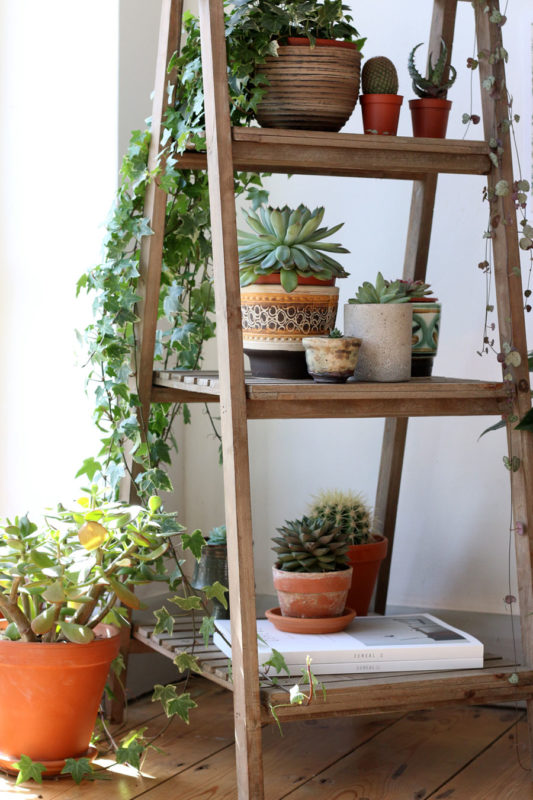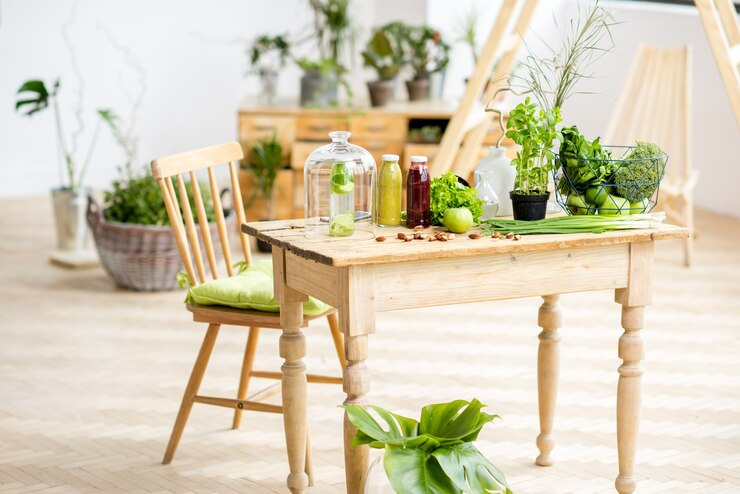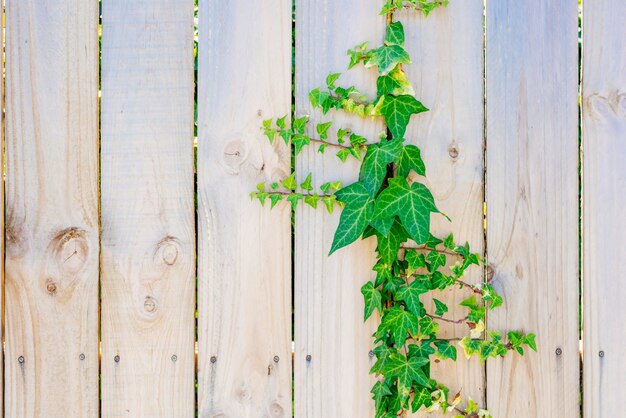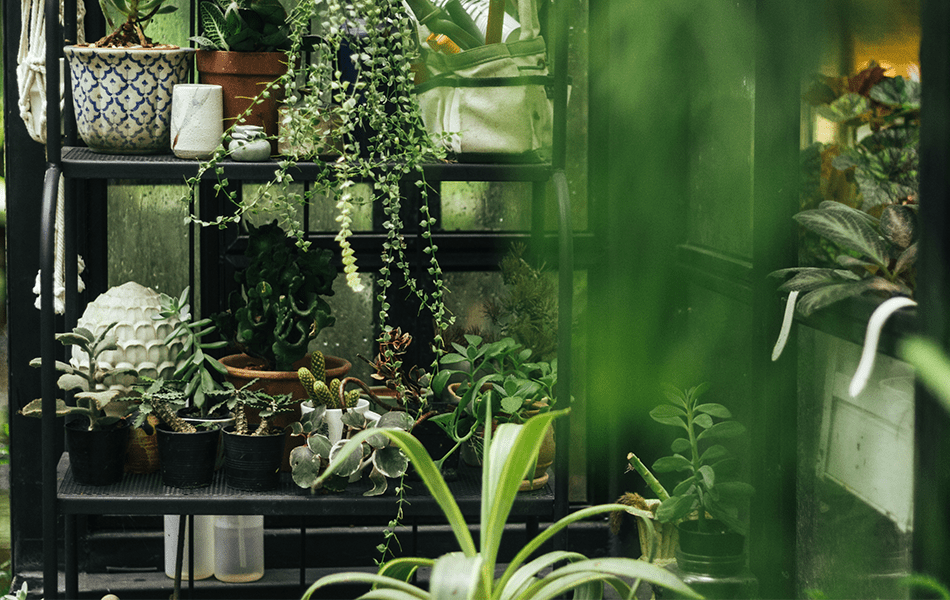Do you consider yourself to be someone who enjoys gardening? But since you reside in a condo, you are unable to do so, right?
It is a fantastic method for growing and taking care of a garden inside your condominium, despite the restricted amount of area and outdoor space that is accessible. The precise meaning of the phrase indicates that the plants expand in a vertical rather than horizontal direction.
Vertical gardens are a wonderful, environmentally beneficial, and space-saving feature that may be added to our cities. Everyone can find something to admire in a well-kept garden that is brimming with a variety of colorful plants and flowers. Gardens are a form of natural beauty that refreshes the appearance of their surroundings. There are many individuals who want a garden, but with all of the high-rise buildings that surround us, there is not much outdoor space for one.
A solution to this issue might be found in the form of a vertical garden. Continue reading if you are interested in gaining additional knowledge about this developing trend in environmentally friendly gardening!
What is a Vertical Garden?

What exactly is meant when we speak about a “vertical garden”?
The word “vertical garden” serves as a general term that can be used to refer to a variety of different vertical gardening setups in which plants grown in water are produced. These one-of-a-kind structures are known by a variety of names, including plant walls, living green walls, and moss walls, and they may be connected to any wall. Regardless of what you choose to call them, these structures for growing plants vertically might be as small as a picture frame or as vast as a full wall.
Vertical gardens are attractive for a number of reasons, including their capacity to conserve space and their ability to enable the growth of edible and ornamental plants in locations other than typical gardens. With its help, it is possible to draw attention to a particular location or hide an unappealing view. In addition, it would be ideal if you created your own personal vertical garden in your new condominium in Asterra, since this would perfectly capture the experience of living in a beautiful community. This gorgeous condominium has a modern look and is the perfect place to put a vertical garden!
Advantages of Having a Vertical Garden
Not only is it refreshing to have a vertical garden, but it also has lots of hidden benefits and advantages. Many businesses are beginning to invest in vertical gardens as a result of the abundance of benefits they offer!
It is less difficult to pluck.
One of the numerous advantages of vertical gardening that the majority of people fail to recognize is that it simplifies the harvesting process. Your crops will be raised to eye level by the use of vertical structures, which will make harvesting much simpler. In addition, the vegetables will hang down from the support they are growing on, which will make them more noticeable.
Enhances air quality
The removal of volatile organic compounds (VOCs) and the absorption of pollutants are two ways in which plants have been shown to improve air quality both indoors and outdoors. A home that had continuously poor indoor air quality was helped to achieve better air quality by planting a vertical garden inside the house. They do this by pulling carbon dioxide out of the atmosphere while simultaneously releasing oxygen for us to use.
Cleaner harvest
Food that is produced vertically is also considerably cleaner than food that is cultivated horizontally on the ground. Food that is cultivated vertically in container gardens or by trellising vines does not become contaminated by soil splashes. You will spend a lesser amount of time trimming, feeding, sprinkling and watering your plants, and your garden will be healthier as a result. Your crops will also produce more food.
Reduce energy costs and expenses.
The vertical garden contributes to a decrease in the amount of money spent on energy. In the heat of summer, vertical gardens inside and outside a building can help cool the air. This process is referred to by its scientific term, evapotranspiration. Water is transferred from the earth’s surface into the atmosphere via the processes of evaporation and transpiration. The term for this process is evapotranspiration.
The surface temperature of an exterior wall can be lowered by up to fifty degrees Fahrenheit (50°F) with the help of vertical walls on the exterior of the building. Because of this, there are real savings in terms of both money and energy that can be attributed to air conditioning.
The privacy and beauty of a vertical garden
The garden is made more beautiful and interesting to look at with the addition of vertical plant growth. Vertical structures and supports can be used to create privacy, cover portions of your yard that are unappealing, and add garden rooms and secret spaces to your yard in a beautiful way. All of these things are possible.
Lower the levels of noise.
All the plants you see along the road help minimize noise pollution by blocking high-frequency sounds with their leaves, while their stems dampen low-frequency noise with their roots.
More growth with less room
Growing vining plants vertically, as opposed to letting them sprawl out horizontally, results in a more efficient use of available space. Growing plants in vertical container gardens enables you to grow a greater number of plants in a given space, such as on your deck or patio, for example.
Making your own DIY vertical garden
Even though it may be hard to imagine, building your very own vertical garden is a do-it-yourself project that is feasible and can be assembled in even the most constrained of spaces, such as doors, railings, or balconies.
If you want to make vertical gardens for your house, community, or business, here are some ideas that you can make yourself:
Leaning Ladder

The shape of this ladder enables you to fit a significant amount of vegetation into a very small area. Constructed from standard lumber, yours can be personalized by having as many “steps” and potted plants as you wish added to it. Whatever angle you choose to lean this planter at, trailing potted plants will make the most of the available space in this container.
Customized wooden crates

This DIY vertical garden has multiple levels, so you can combine plants that thrive in full sun with those that do better in partial shade. The lower layers of the planter are shielded from the sun and protected by the higher levels, and the overall appearance of the arrangement is one that is attractive to the eye. The planter may look as though it is made up of stacked crates, but in reality, these boxes are created using common 2-inch plywood and can be adjusted to fit any garden, porch, or patio.
A Garden Plant Wall

You can make a vertical garden that will function as a privacy screen by using some cedar posts, hex wire, and terra cotta pots. You can quickly repot plants according to the changing seasons when you hang individual pots from the ceiling. Your outdoor space will remain comfortably cool and breezy thanks to the hex wire support that allows air to flow through the hanging garden display. It is a great indoor wall, perfect for your balcony!
Hanging Baskets

This rising basket design is simple yet visually appealing, and the construction of it involves almost no work at all. You only need to run some braided polyester rope through the corners of any solid woven baskets and then tie it off. After you have added potting soil and plants, hang the entire assembly using a couple of sturdy hooks. When selecting your materials, keep in mind that polyester rope is available in a number of different colors. Because of this, you have the option of selecting a color that either complements or contrasts the color of your plants for an additional splash of color.
Having a Garden Pocket Full of Herbs

What could possibly be simpler than converting an existing organizer into a vertical garden? That is precisely what it looks like in this illustration: An over-the-door pocket organizer can now serve a new purpose in the garden and grow plants by being converted into a planter. Put some dirt in each of the sleeves, and then put a plant in each of the pockets. Because the canvas material is permeable, it allows excess water to escape, which prevents root rot from occurring. Your garden will flourish if you are patient and hang the fabric planter on a wall that gets plenty of sunlight in each of the pockets.
With these DIY vertical gardens, which were talked about above, you get the best plants to grow in your vertical garden. Here are some different plants that you can grow that will help!
Best Plants for Vertical Garden
Herbs

If you want to cultivate herbs at home but only want to utilize them in the kitchen, a vertical garden is the way to go. Select plant species with short lifespans and compact root structures for successful cultivation. In a low-light garden, you could try growing mint or lemon balm. While sage, thyme, and cilantro thrive in full sun, basil, chives, purslane, and parsley do well in partial shade.
Grape Ivy

The leaves of the evergreen vine known as grape ivy are lustrous and compound, having three individual leaflets per leaf. A silvery shine can be seen on the fuzzy undersides of new leaves. The plant thrives in low light and can be easily cared for as a houseplant because of its adaptability.
Plant it in a hanging basket so its attractive foliage can be seen. Use a trellis or moss pole to support your plant as it grows taller. Vines this strong can climb and cling to just about anything they can get their hands on.
Lettuce

Lettuce can have loose or compact leaves, and it is a hardy, fast-growing annual vegetable. The leaves can be any shade from pale green to a deep, dark brown. The flower stalks are two to three feet long, and the flowers are small and yellowish until they bolt or go to seed.
Lettuce requires a tower or other method to house plants at different heights and provide them with water in order to be grown vertically. This edible plant needs to be kept between 60 and 70 degrees Fahrenheit in a well-lit area with good airflow.
Why are vertical gardens the ideal planting option for indoor spaces?
Vertical gardens have the potential to obstruct vertical airflow, which in turn will slow down and cool the air within the space. It implies that you won’t need to set your air conditioning units to as high a setting as you used to, which will result in a decrease in the amount of energy consumed as well as a reduction in the cost of your electric bill. Studies have shown that those who have quick and easy access to views of greenery or the environment tend to have higher levels of creativity as well as better overall mental health. You might be able to find the connection to nature that you’re looking for in a green wall.
No matter what your level of experience in the gardening world, trying your hand at vertical gardening may be an enjoyable way to exercise more creativity with the green space you have. You will expand your knowledge of botanicals and enjoy experimenting with design and aesthetics in a fun environment. Because they will require less room in the ground, you will also be able to cultivate a greater variety of plant species. Last but not least, you can even employ the vertical planting approach within your own house. As a result of this, you will have a spectacular show with a well-designed indoor living wall, which will allow you to rapidly give your conservatory a more natural appearance.
Today, it’s easier for homeowners and investors to find homes that are green. Asterra Condominiums are ensured to be eco-friendly and sustainable, which gives potential buyers and renters peace of mind. Sustainable properties are doing well in the Philippine real estate market because more green buildings are being built all over the city and more homeowners are trying to reduce their impact on the environment.
Asterra Condominiums are designed to be eco-friendly, plan for sustainability, and make sure that the most efficient construction methods are used. Some of the things that make green business and residential developments stand out are less pollution, better use of resources like energy and water, a healthy indoor environment, and structures that last longer! Inquire now to know more about Asterra!
Written by Keanu Sasis





